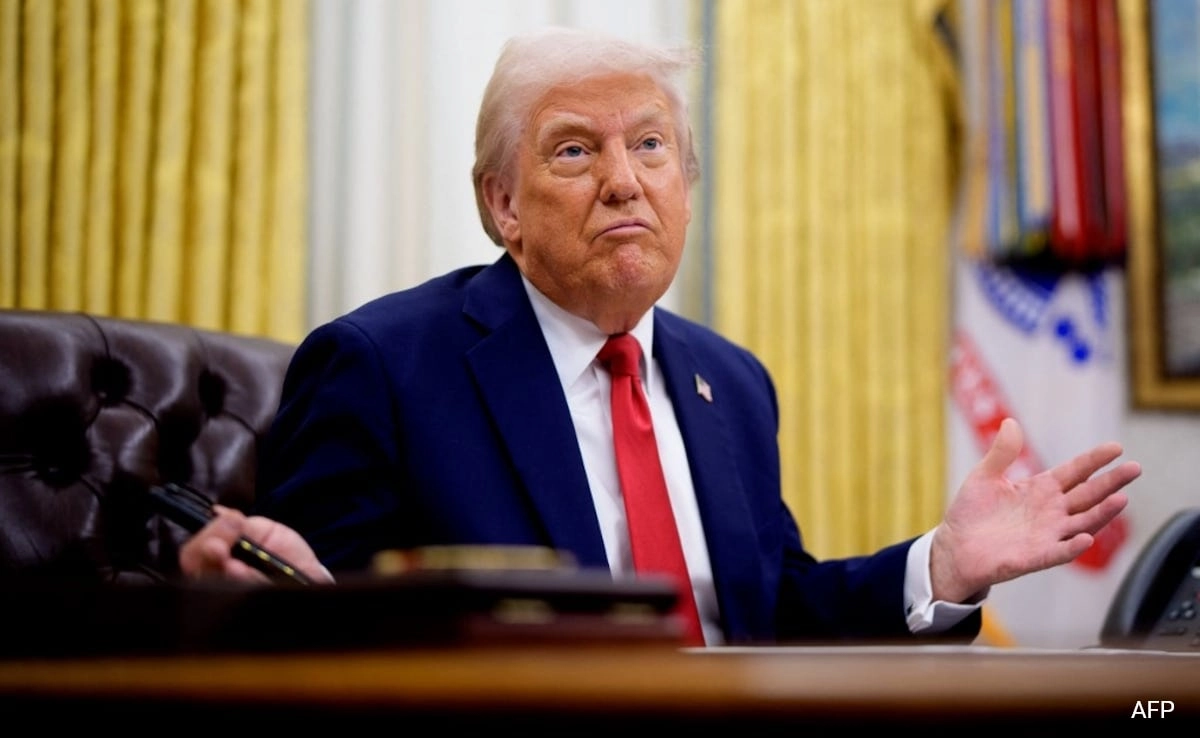The imposition of tariffs by the Trump administration had a profound impact on global trade dynamics, and one unexpected beneficiary of these policies has been India. Initially perceived as a challenge for many countries, including India, the tariffs on steel and aluminum and other goods opened up new avenues for Indian exports. With certain sectors facing higher costs due to the tariffs, Indian manufacturers found themselves in a favorable position to fill the gaps left by American suppliers who were struggling to cope with increased prices. This shift not only bolstered India’s manufacturing sector but also facilitated a rise in exports to the United States, particularly in areas such as textiles, pharmaceuticals, and IT services.
Moreover, the tariffs prompted Indian businesses to become more competitive on the global stage. Faced with the challenge of responding to the U.S. tariffs, Indian companies began to innovate, improve efficiency, and invest in technology, thereby enhancing their product offerings. As a result, many Indian firms were able to penetrate new markets and expand their reach, leading to increased revenue and job creation within the country. The trade tensions also encouraged a diversification of trade partners, allowing India to strengthen ties with other nations and reduce its reliance on a single market.
Additionally, the geopolitical landscape shifted in favor of India as it sought to position itself as a viable alternative to China in various sectors. The escalating trade war between the U.S. and China created an opportunity for India to attract foreign investments and partnerships, particularly from American companies looking to mitigate risks associated with their supply chains. This led to a surge in foreign direct investment (FDI) in India, further fueling economic growth and development. As global companies began to explore manufacturing bases outside of China, India emerged as a strategic partner, benefiting from both the economic and political ramifications of the tariffs.
In summary, while the Trump tariffs were initially seen as a hindrance to many economies, India successfully navigated these turbulent waters, turning potential adversity into opportunity. By capitalizing on the gaps left by U.S. suppliers, fostering innovation and competitiveness, and attracting foreign investment, India positioned itself as a resilient player in the global market. The tariffs thus served as a catalyst for India to enhance its economic standing and diversify its trade relationships, ultimately leading to a more robust and dynamic economy.




